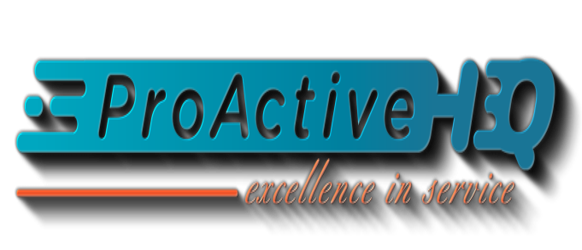Achieving cost efficiencies in the hiring process
When it comes to hiring, organizations often focus solely on the immediate financial costs associated with the process. However, a closer examination reveals that the cost of a bad hiring process extends far beyond the initial fees. There are short-term, mid-term, and long-term cost implications that can have a significant impact on a company’s bottom line and overall success. Have you ever truly evaluated the overall costs of your hiring process?
Total Time to Hire:
A prolonged hiring process can result in a loss of potential revenue due to delayed projects, increased workloads on existing employees, and missed business opportunities. The longer it takes to fill a position, the longer the company goes without benefiting from the skills and expertise of a new employee.
Time Spent Screening and Interviewing the Wrong People:
Time spent interviewing candidates who ultimately prove unsuitable is not only frustrating but also a misuse of valuable company resources. It takes time away from other critical tasks that could drive the business forward.
Attraction Time and Hiring Preparation Time:
The time and effort spent in attracting potential candidates and preparing the hiring process can be considerable. A bad hiring process can undermine these efforts, leading to a wastage of resources and lost opportunities to connect with top talent.
Interview and Onboarding Time:
Interviewing candidates who aren’t a good fit wastes the time of both interviewers and candidates. Moreover, when a new hire turns out to be unsuitable, the time and resources invested in their onboarding also go to waste.
Induction Time:
Improperly selected hires may require additional training and supervision during their induction period, further increasing the company’s costs. This time could be better spent nurturing productive employees who can contribute effectively to the organization.
Wasted Salaries on Poor Hires:
Hiring the wrong person not only results in lost productivity but also entails paying salaries to individuals who do not contribute as expected. This translates to a direct financial loss for the company.
Productivity and Performance Impact:
Bad hires can disrupt team dynamics, decrease morale, and lead to a decline in overall productivity. Additionally, high attrition resulting from poor hiring decisions can disrupt the continuity of projects and lead to knowledge loss.
The Way Forward:
To mitigate the extensive costs of a bad hiring process, organizations should adopt a more strategic and comprehensive approach to hiring. Here’s the best way forward:
- Invest in an effective hiring strategy: Engaging hiring partners to develop a well-structured hiring strategy that includes clear job descriptions, targeted candidate searches, and effective communication with potential candidates.
- Streamlined Screening: Implement efficient screening methods to identify suitable candidates early in the process, reducing the time spent on interviewing unsuitable candidates.
- Behavioral Assessments: Utilize behavioral interview techniques to gain deeper insights into candidates’ past experiences and behaviors, offering a better gauge of their potential fit within the organization.
- Competency and Culture Alignment: Prioritize candidates who not only possess the required skills but also align with the company culture and values.
- Utilize Technology: using cutting-edge technology to streamline and enhance the hiring process.
The key difference here is that all of these steps are done prior to any scheduled interviews.
In conclusion, the true cost of a bad hiring process goes beyond mere financial expenses. It encompasses wasted time, reduced productivity, decreased employee morale, and missed business opportunities. By adopting a strategic approach to the hiring process and focusing on quality over speed, companies can reduce these hidden costs and build a more efficient and effective workforce.
For your hiring requirements, please do reach out to our team.
Let’s explore your specific needs and discuss how we could help you.

